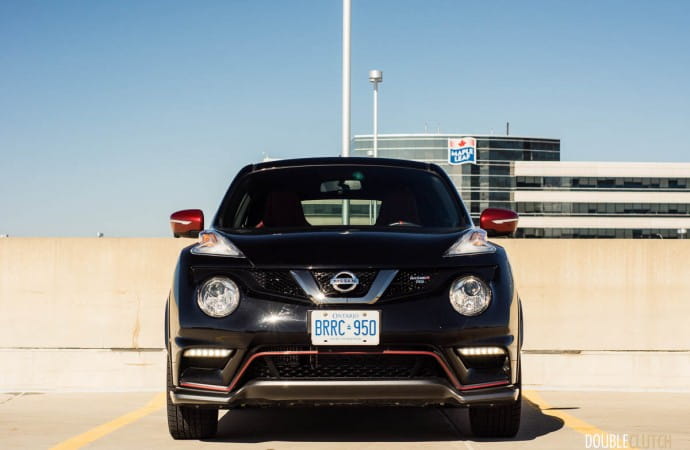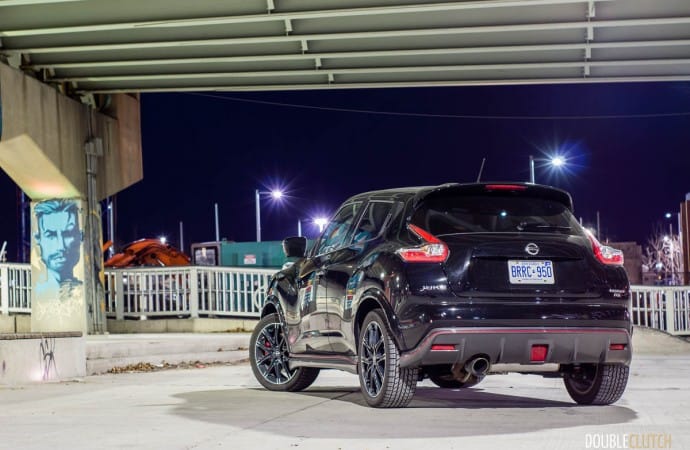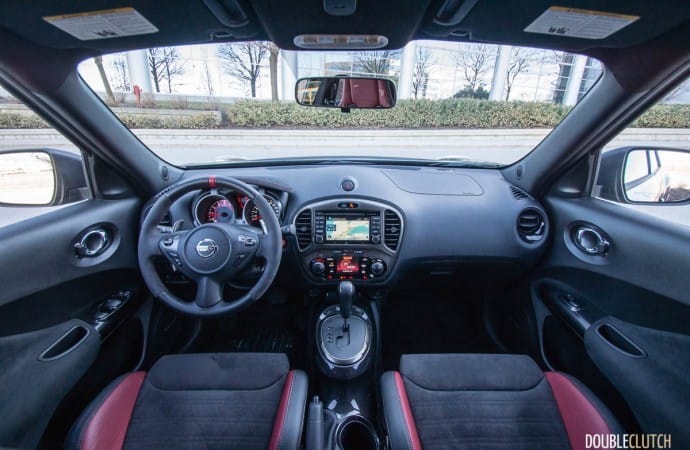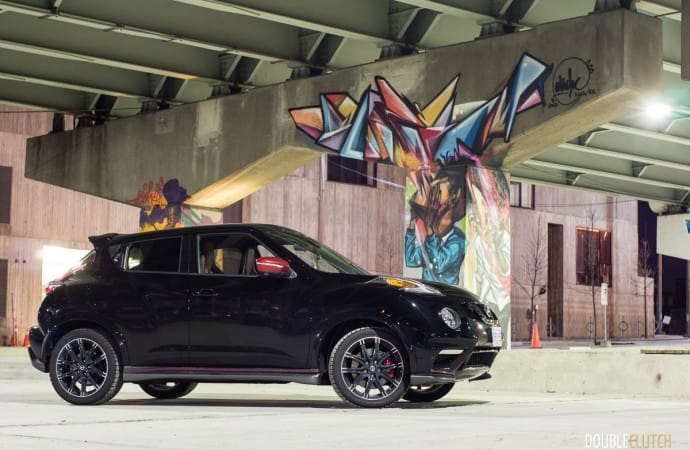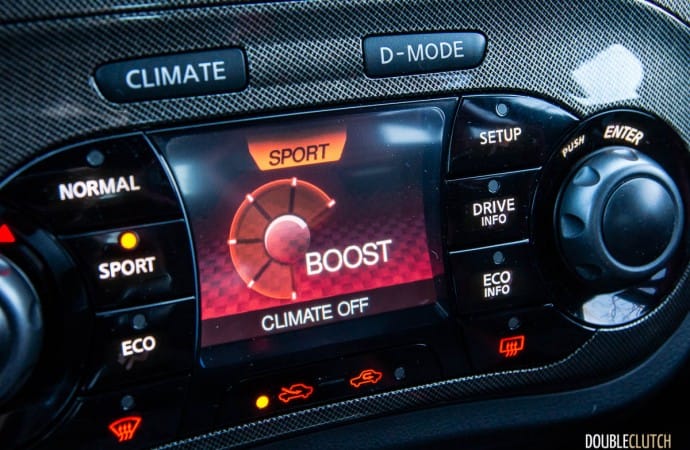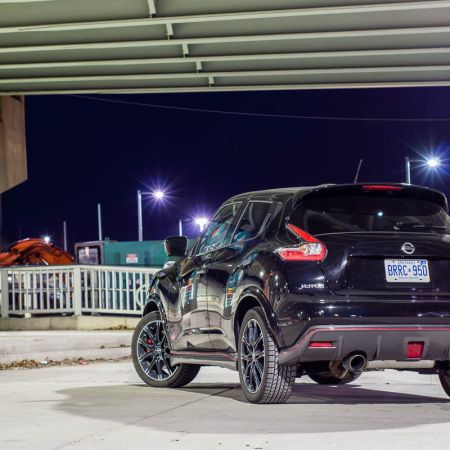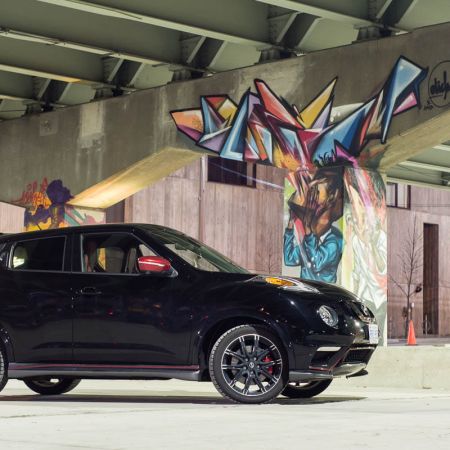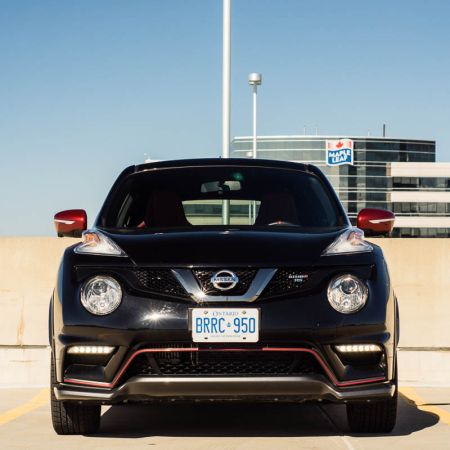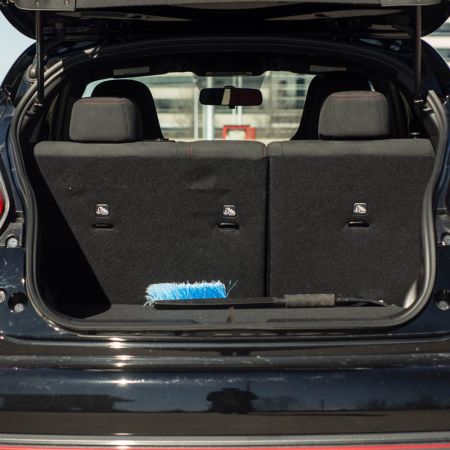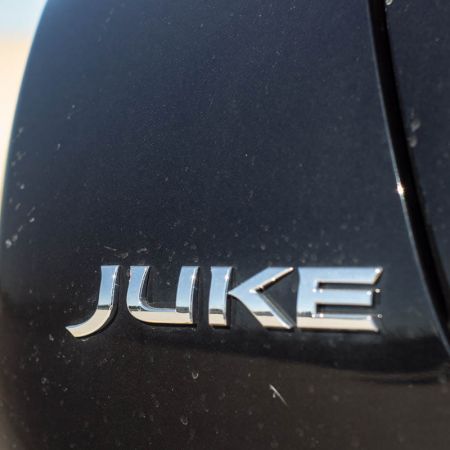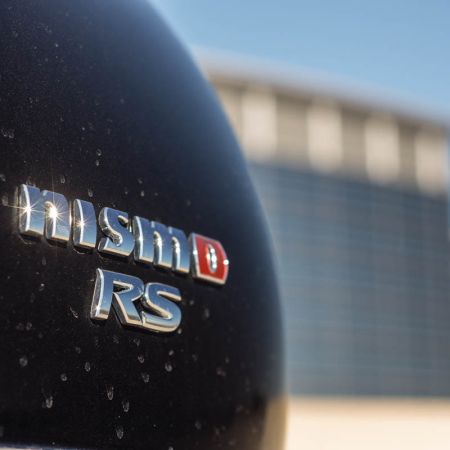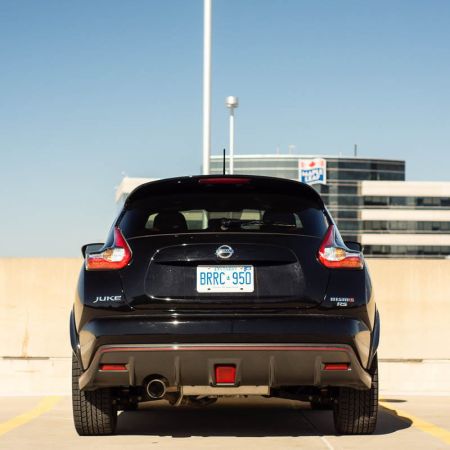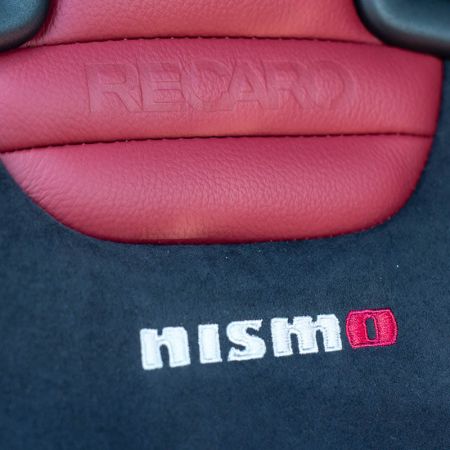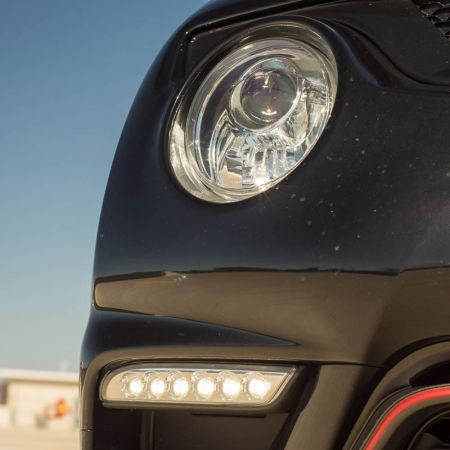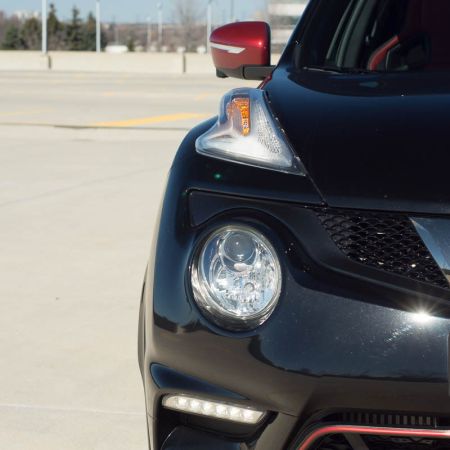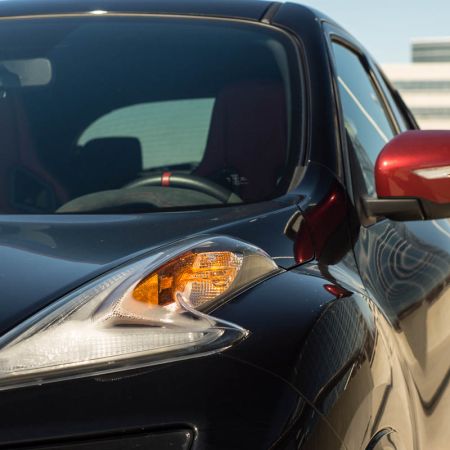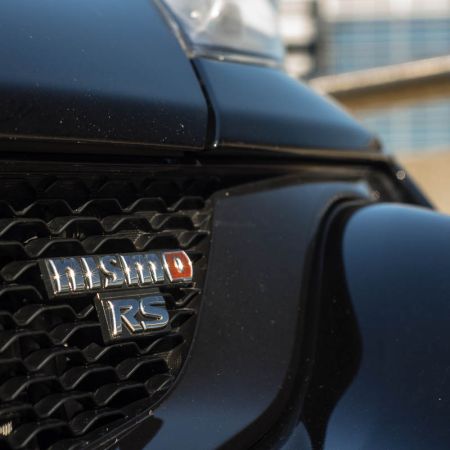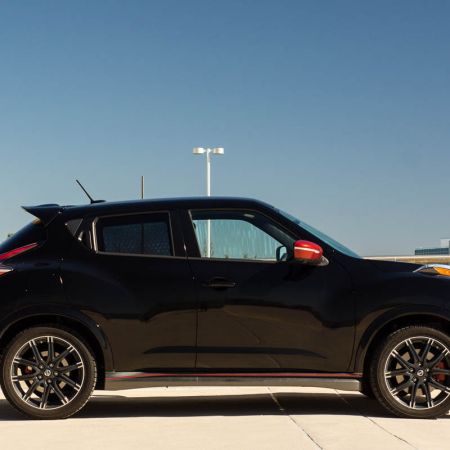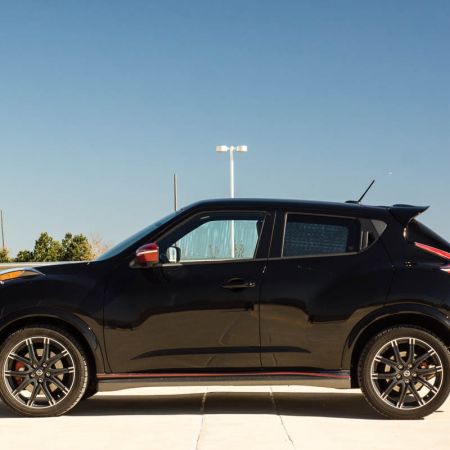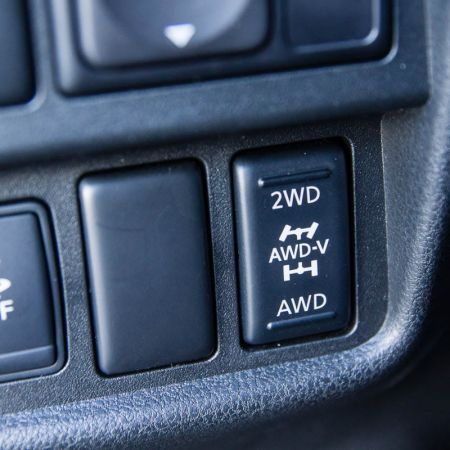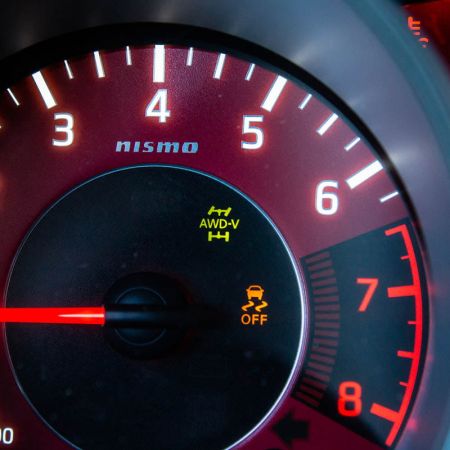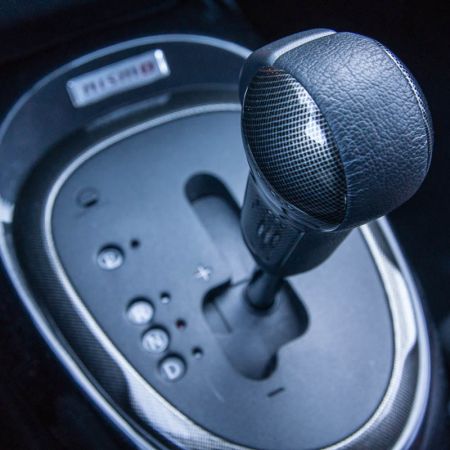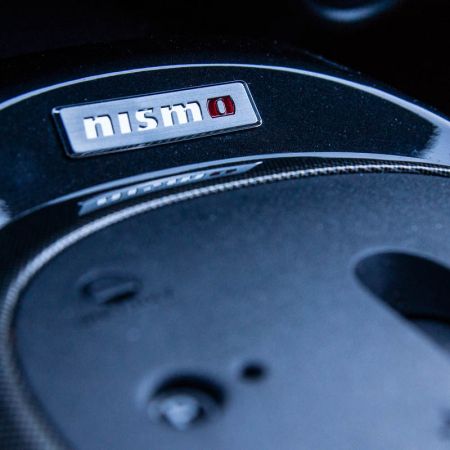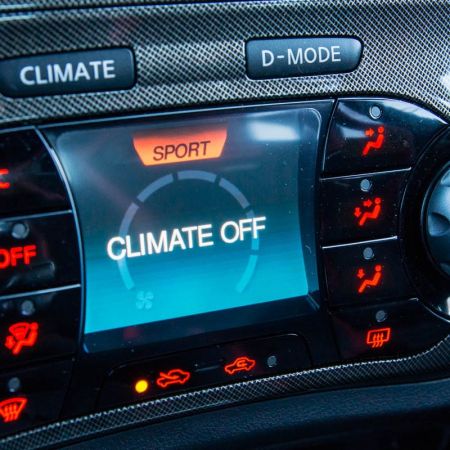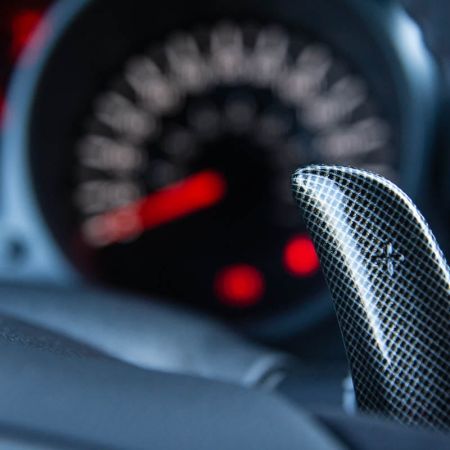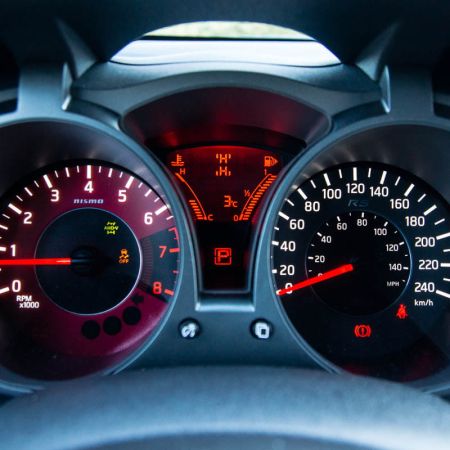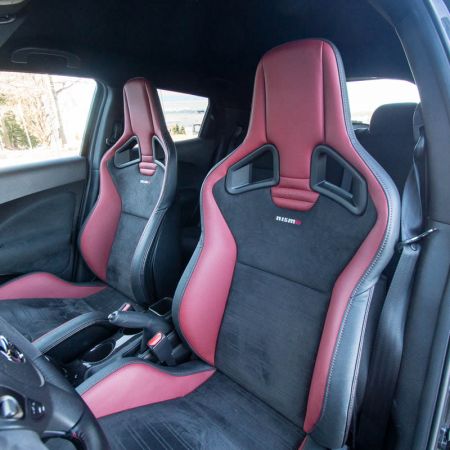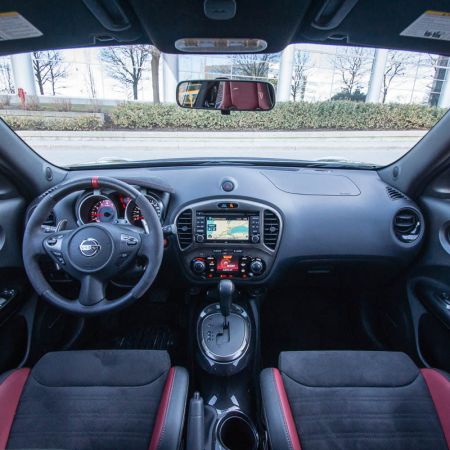The end objective of any automaker, is to make money, increase profits, and keep shareholders happy. Just about everybody has their own way of getting to that goal, and these days, it’s the crossover utility vehicle that is making up the bread and butter that pads the bottom lines of automakers. Automotive designers are tasked to either create the next big thing, or the next successful vehicle that one-ups the rest in the class, at least until the next year. Some automakers, as a result, have become a little risk-averse – what if the designer’s pet project isn’t received well by the motoring public? What if its design keeps people away from the showrooms? What if it negatively impacts the brand image that’s been so carefully curated over the years?
Volume brands like Honda and Toyota have gotten very good at playing their cards conservatively. Even Mazda, sometimes considered to be the slight oddball in the room, did a good job with their sub-compact CX-3. The sub-compact crossover market has really picked up in the past year or two, with the aforementioned CX-3 and Honda’s HR-V (reviewed here). However, Nissan was already there, with its Juke. The Juke is the subject of a lot of discussion, both on the internet and on the streets, and it tests those age-old conventions that people are used to. The Juke joined the Nissan lineup in 2011 and was lightly refreshed for the 2015 model year. The Juke NISMO and NISMO RS is a product of Nissan’s motorsport engineers getting their hands on the strangest member of the family. Eager to try all the go-fast goodies, I picked up a 2016 Juke NISMO RS AWD with the CVT automatic.
The Nissan Juke is talked about simply because of the way it looks. Just about everybody has something to say about the Juke, and it was either strong ridicule, or praise – nothing in between. If you haven’t seen a Juke for yourself yet, it may just shock you a little bit. The biggest conversation piece has to be the way the front-end lighting is set up. Cars nowadays are said to have faces, and if you like to look at your cars in this manner, the Juke may simply look wrong in several ways.
Firstly, the parking lights and turn signals sit on top of the fenders, and the circular headlights are mounted lower down. At the bottom of this “stack”, are the LED daytime running lights, which are new for the refresh. At first glance, most people seem to think that the top-mounted lenses are the headlights when they’re actually not. It’s quite a confusing set up that you need to see in person to understand – I think I’m still trying to wrap my head around everything. What I do like, is that the LED parking lights are actually visible from inside the car. Not many vehicles give you this experience – the Mercedes-Benz G-Class comes to mind.
Aside from the front-end, the rest of the Juke is funky, but not quite polarizing. Its overall size footprint is small like the CX-3, but the faster roofline will reduce headroom in the second row somewhat. In typical Nissan fashion, the rear door handles are mounted up high, in the window frame, like the old-school Pathfinders of the 1980s. The rear hatch of the Juke is similarly raked, and also subsequently reduces the vertical area available for cargo. The Juke NISMO RS rides on unique 18-inch wheels with 225-section rubber at all four corners. Continuing the funky theme, the taillights borrow their shape from the parking lights, as well as the shape of the taillights of the Nissan 370Z (reviewed here). In short, there’s a lot going on here in terms of the Juke’s styling, and it easily defines the identity of the car.
The interior of the Juke isn’t anywhere as strange as the exterior, but there’s still a lot going on. The entry-level roots of the Juke show here. Hard plastics are the name of the game, and the headliner specifically feels a little rough. However, all the upgrades by the NISMO engineers put indo keep your eyes focused away from the entry-level touches, and onto the go-fast goodies. The first thing you immediately notice upon sitting behind the wheel is how aggressive the Recaro bucket seats are. The bolstering is rigid, very large in size, and you really need to take care during ingress and egress so you don’t hurt yourself. These seats would be at home in a race car – they’re similar to those on the GT-R NISMO. The downside to these hyper-aggressive seats is that the manual adjustments are quite difficult to reach with your hands.
After realizing what the seats are about, you put your hands on the alcantara-wrapped steering wheel, complete with a red position marker at the 12-o’clock position. What I like about this steering wheel is that the faux carbon fibre shift paddles are attached to the steering column – not the wheel. This means, whenever you turn the steering wheel, the paddles will always remain in the same place. I personally prefer this arrangement, since you’ve always got a similar point of reference as to where the paddles will be, regardless of where your hands are.
The interior centre stack looks conventional enough, complete with satellite navigation (standard on NISMO). What’s special is the multi-function I-CON interface that controls both the climate control and the driver dynamics functions. Depending on whether you’ve selected Climate or D-Mode (short for Dynamic Mode), the six buttons and two knobs that surround the small colour LCD screen are completely contextual – meaning the labels change. When Climate is selected, you get the usual temperature and fan speed options, but when you select D-Mode, you can toggle between a basic boost gauge and a lateral G-meter. I love seeing those gauges dance and bounce around, but unfortunately for the NISMO Juke RS, this display is mounted a little too low to be practical when you’re going fast.
The hardware under the hood of the Juke is about as unique as the design, inside and out. Not used elsewhere in the North American Nissan lineup, lives a turbocharged, intercooled, and direct-injected 1.6L four-cylinder gasoline engine. The powertrain is stronger than average for the class, and I’d love to see this little 1.6L turbo-four in more Nissan vehicles. In base form, it produces 188hp at 5600rpm and 177lb-ft of torque from 1600-5200rpm. It’s already a powerful little mill, but the NISMO RS takes up one notch, with unique tuning and a new exhaust, which bumps total output to 211hp at 6000rpm, and 184lb-ft of torque from 2400-6000rpm. The Juke gives you a few additional options, namely all-wheel drive availability and transmission options.
The front-drive Juke is only available with a six-speed manual transmission, and if you’re looking for all-wheel drive, Nissan’s Xtronic CVT is your only choice. It’s a “one or the other” type of question, both with their pros and cons. I like the feel that only a manual transmission can give you, but front-drive models don’t get the benefit of torque vectoring on the rear axle. On the other hand, the all-wheel traction is practical to put that turbocharged power to the ground, but the CVT automatic simply isn’t as fun. To Nissan’s credit, the front-drive Juke NISMO RS is equipped with a helical limited-slip differential, and the simpler drivetrain means it can offer more power (215hp and 210lb-ft torque) than the AWD variant.
My tester, with its CVT, is likely to be snapped up in higher volumes, and in practice, behaves exactly like you’d expect. The Juke NISMO RS adds a performance-tuned exhaust – while it sounds pretty good, it isn’t helped by the dynamics of the CVT automatic. Exhaust drone aside, the CVT automatic is generally well-behaved in normal conditions, but it’s also eager to choose a much shorter ratio, and hold the revs there for maximum power delivery. There’s a manual mode that allows the driver to select from eight “pre-set” ratios, for more precise control of revs. The CVT automatic is not the most obvious partner for dynamic driving, but the uninterrupted boost is interesting, and the benefits afforded by torque vectoring can be felt when accelerating out of a corner.
NISMO’s engineers have also changed out the springs and dampers, as well as upgraded the braking system with larger rotors, more aggressive pads, and painted the calipers red. The electric power steering system has also been re-tuned for slightly better feel. The ride is definitely on the firm side, but I wouldn’t call it uncomfortable. The short wheelbase and firm Recaro bucket seats are a factor, here. Behind the wheel, the relatively light curb weight (1450kg) keeps responses fairly prompt, but you can feel the higher centre of gravity if you throw the Juke NISMO RS into a corner. Fun fact: all Jukes equipped with AWD come with a more sophisticated multi-link rear suspension setup, as opposed to a simpler rear torsion beam in front-drive models. Overall, the Juke NISMO RS, whether in front-drive or all-wheel drive form, doesn’t quite deliver the same feel that a traditional sports car like the 370Z gives you. You also have to drive the all-wheel drive Juke in a very different manner, applying more throttle – sooner – so that torque can be moved around from side to side along the rear axle.
The small engine may suggest decent efficiency at first glance, but with the amount of turbo boost being fed into the combustion chambers allows the Juke to squeeze out as much power as it does. Nissan Canada rates the Juke NISMO RS AWD at 9.4L/100km in the city and 8.1L/100km on the highway. During my week of mixed driving, I ended up with an indicated average of 9.6L/100km. The Juke Nismo RS AWD will take 45L of premium 91-octane fuel. FWD models can take 50L, due to their simpler rear suspension design.
The entry-level Juke SV starts at $20,698, for the six-speed manual transmission and front-wheel drive. It already comes pretty well-equipped, with power everything, Bluetooth connectivity, heated front seats, and a rear-view reverse camera. Stepping up to the SL ($30,178) gives you all-wheel drive, satellite navigation, leather seating surfaces, and an upgraded Rockford Fosgate stereo, among other things. The first NISMO AWD trim ($28,978) gives you the performance body kit, suspension, wheel and tire package, and more aggressive seats. The NISMO RS builds on the Nismo trim by making the front-drive six-speed manual transmission available ($28,798), and adding the torque-vectoring AWD bumps the as-tested price to $31,998, before taxes and additional dealer fees.
The Nissan Juke NISMO RS AWD reminds you of its economy-car roots fairly regularly, but what this car is about is the character it exudes, inside and out. The styling will likely go down as one of the most polarizing examples in the past fifty years. Some people can get behind the wacky styling (simply because it’s so different), but it seems that most (including those on the internet) are turned off.
The hardware under the skin also makes the Juke unique, and the NISMO RS turns the go-fast feelings up to eleven. The turbocharger blow-off valve alone is almost addicting to hear as you jump off the throttle. The torque-vectoring all-wheel drive display is very basic in the instrument cluster, but seeing the display move around tempts you to toss the little crossover into corners just so you can see the maximum amount of power delivered to one rear wheel. Nissan calls the Juke NISMO RS “The Ultimate Performance Crossover”.
Cars like the Mini Countryman fit into the same class, but while it has that distinct “Mini” brand language, I think a lot of people are turned off driving what is essentially a very large Mini. The Kia Soul does exhibit a lot of personality, but it is essentially missing everything that makes the Juke fun to drive. My takeaway after a week with the Juke NISMO RS AWD is that there are many indications as to why this vehicle shouldn’t exist. However, I’m happy that this vehicle exists, because it defies so many conventions. To some designers, that’s exactly the goal they’re going after.


